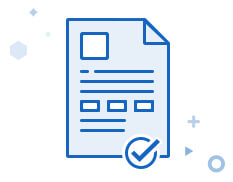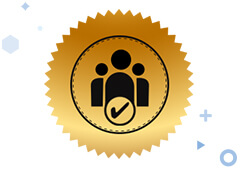اپریل ۱۴, ۲۰۲۵ شائع ہوئی 98 نے دیکھا Report Job
1)Assemble, install, test, and maintain electrical or electronic wiring, equipment, appliances, apparatus, and fixtures, using hand tools and power tools.
2) Diagnose malfunctioning systems, apparatus, and components, using test equipment and hand tools, to locate the cause of a breakdown and correct the problem.
3) Connect wires to circuit breakers, transformers, or other components.
4) Inspect electrical systems, equipment, and components to identify hazards, defects, and the need for adjustment or repair, and to ensure compliance with codes.
5) Advise management on whether continued operation of equipment could be hazardous.
6) Test electrical systems and continuity of circuits in electrical wiring, equipment, and fixtures, using testing devices such as ohmmeters, voltmeters, and oscilloscopes, to ensure compatibility and safety of system.
7) Maintain current electrician's license or identification card to meet governmental regulations.
8) Plan layout and installation of electrical wiring, equipment, and fixtures, based on job specifications and local codes.
9) Direct and train workers to install, maintain, or repair electrical wiring, equipment, and fixtures.
10) Use a variety of tools and equipment such as power construction equipment, measuring devices, power tools, and testing equipment including oscilloscopes, ammeters, and test lamps.
11) Repair or replace wiring, equipment, and fixtures, using hand tools and power tools.
12) Work from ladders, scaffolds, and roofs to install, maintain or repair electrical wiring, equipment, and fixtures.
13) Place conduit (pipes or tubing) inside designated partitions, walls, or other concealed areas, and pull insulated wires or cables through the conduit to complete circuits between boxes.
14) Construct and fabricate parts, using hand tools and specifications.
15) Provide preliminary sketches and cost estimates for materials and services.
16) Provide assistance during emergencies by operating floodlights and generators, placing flares, and driving needed vehicles.
نوکری کی تفصیلات
Pakistan Facilities Management Pvt Ltd



















